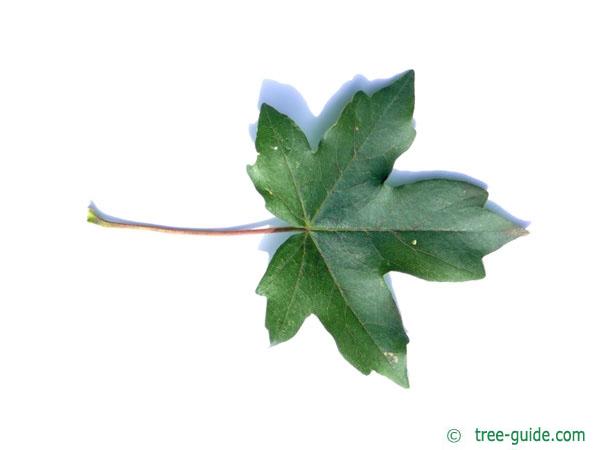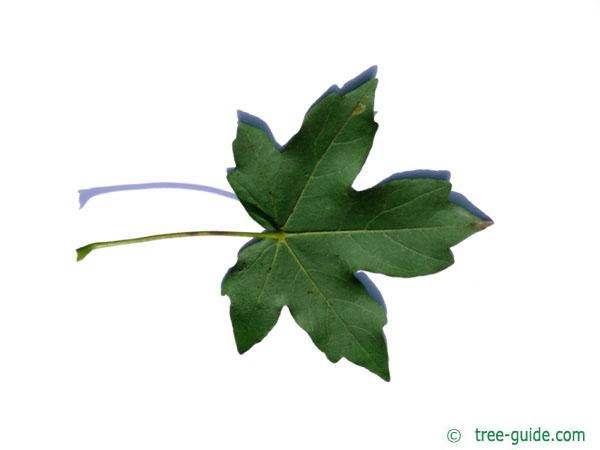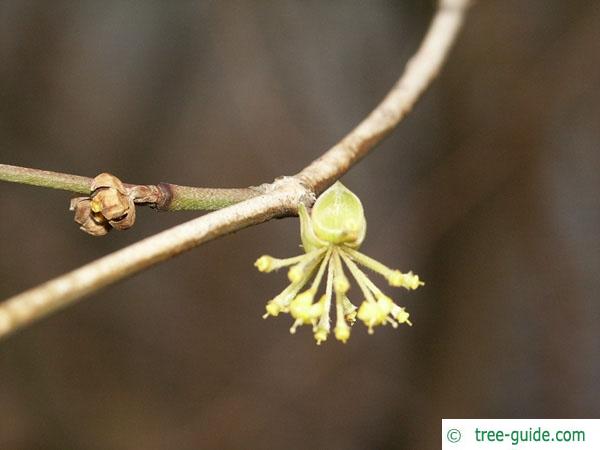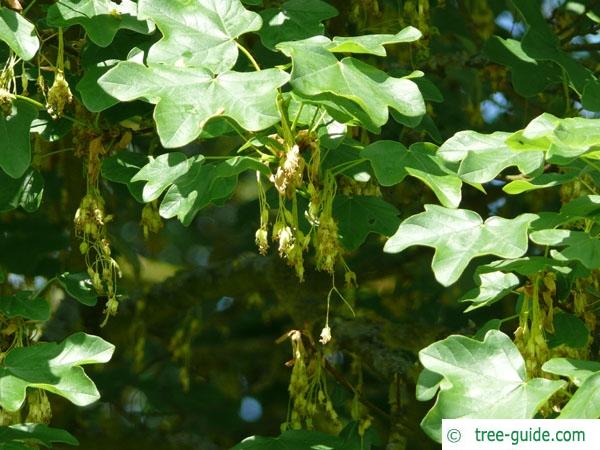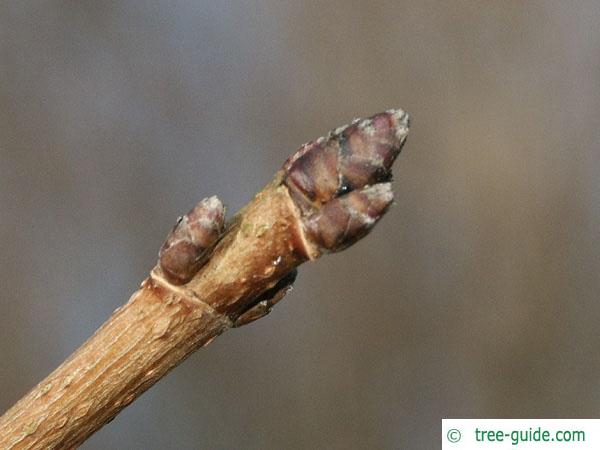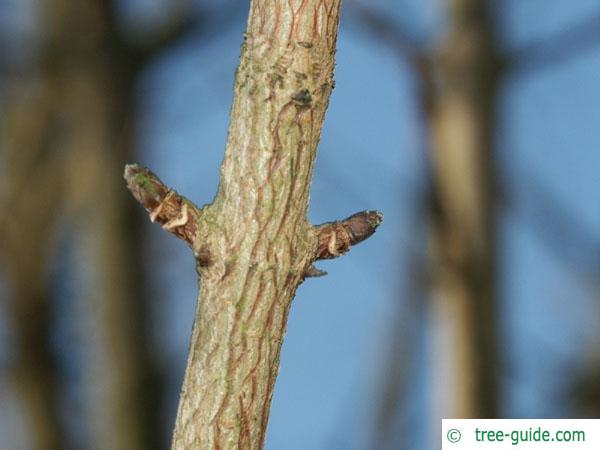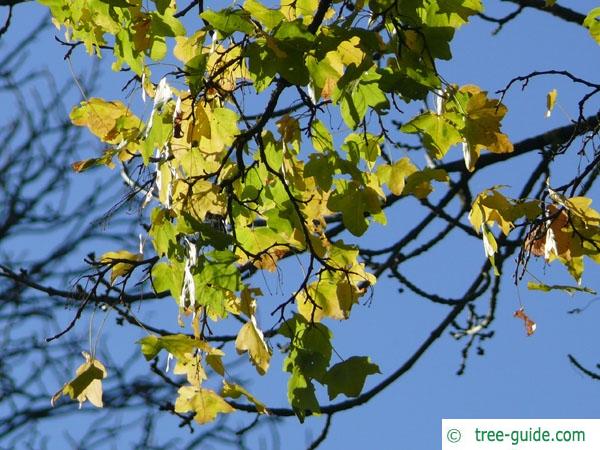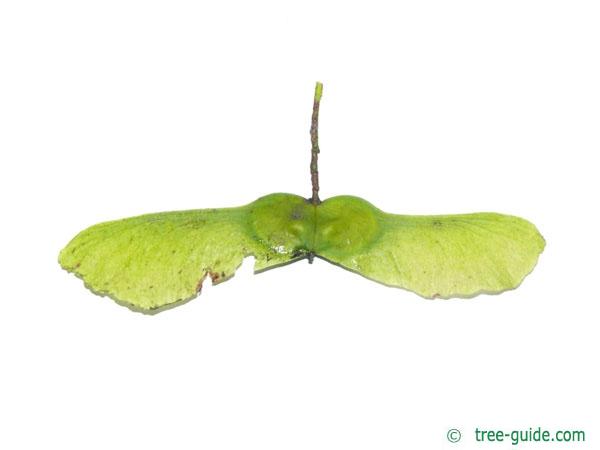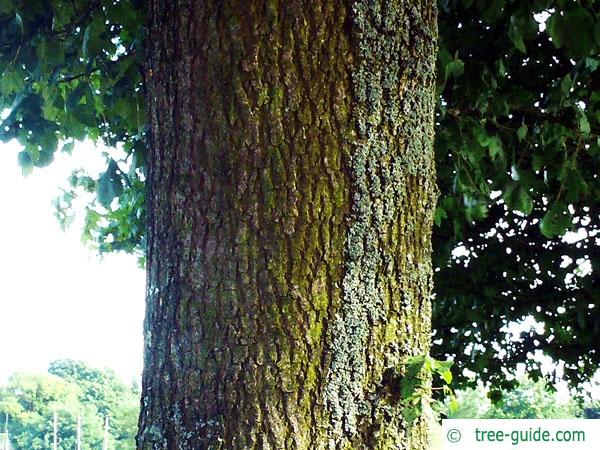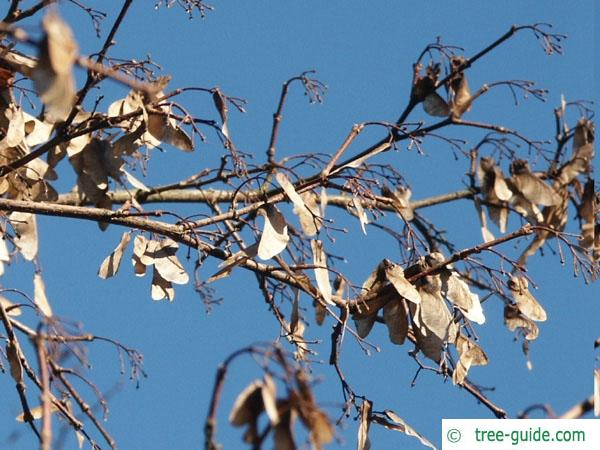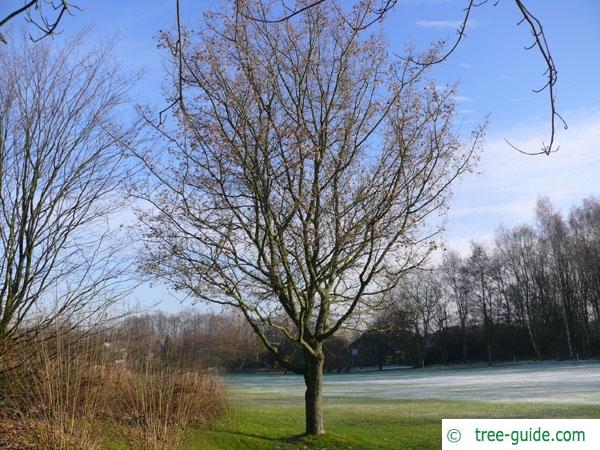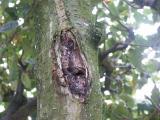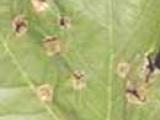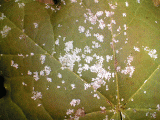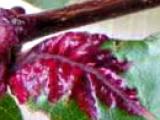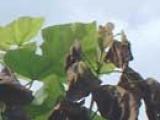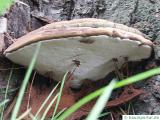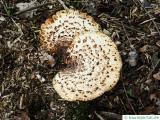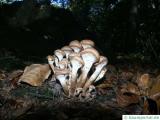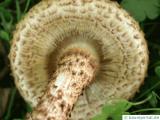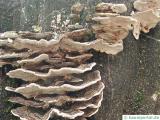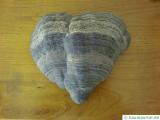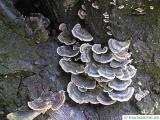Basisdaten
The Field maple is a medium sized tree, often with a short trunk and large dense crown.
Description Field Maple
Growth habit
The crown of the field maple is round-shaped, it is about ten feet high - in rare cases, the field maple is also higher. The tree trunk is often curved, sometimes several trunks are formed so that the field maple grows in the form of a shrub. Often the branches form conspicuous cork strips. This tree is quite fast growing and can grow up to 150 years old. Birds like to use the dense crown for nest building or as cover. The branches grow diagonally upwards and are richly branched.
Leaves
Field maple leaves are arranged opposite, their petiole, which can be up to six inches long, contains a milky juice. The leaf is divided into five lobes, the end of the leaf is rounded and has small notches on the edge. While the top of the page shows a dull dark green, the underside of the leaves is bleak and lighter green. The pairs of leaves are crosswise to each other, the leaves are characterized by deep cuts.
Buds
The buds of the field maple are daintily small and egg-shaped. Their coloring is red to brown, at the top of a delicate hair is visible. The side buds face each other.
Bark
The bark is initially smooth in young trees, later it gets increasingly cracked. Their color is indicated by a dark gray or brown. The bark of the older field maple has deep furrows that run in longitudinal ribs.
Flowers
The flowers of the field maple appear together with the leaves. They are unisexual or hermaphrodite and contain a high nectar content. Their color is yellow to greenish. About 10 to 25 flowers are arranged in short panicles, which either stand upright or slightly protrude outwards. The main flowering time is in May.
Fruit
At an angle of 180 degrees, the schizocarps, which consist of two winged nuts, are in a straight line. Each of the small wings contains seeds from which new trees grow. The fruits are slightly smaller than those of the maple, the seeds of the field maple are spread by the wind.
Tree profile
The leaves of Field maple have five blunt rounded lobes. The leaves are 5 - 6 cm (2.0 - 6.3 in) long and 5–10 cm (2.0 - 3.9 in) broad. The leaf margin is smooth.3 - 20 m (9 - 66 ft).
The flowers are inconspicuous yellowish green corymbs.
The fruit is a samara with two winged nutlets. The wings are to each other horizontally.
The branches are brown and often with corky wings.
hedge plant (tolerates pruning good), green roofs
Mapels additional information
overview leaves | overview blossoms
overview fruit | overview trunk
overview winter | overview trees







